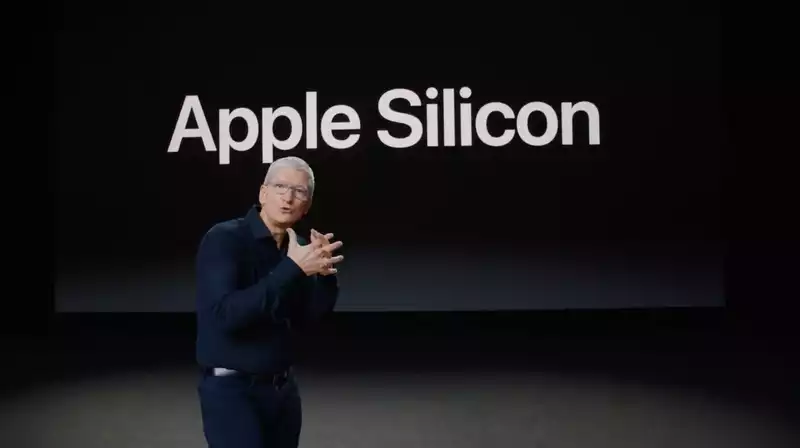Apple has announced the biggest Mac changes in over a decade. As rumored, the company is moving Macs to its own custom silicon, and later this year Macs with ARM chips will be available for purchase.
During WWDC 2020, Apple gave a deep dive into the benefits of its own custom chips for the Mac and its plans to make the transition as seamless as possible for both developers and users. Here is what we know so far.
Apple is making this change because it wants to be able to offer the best performance while reducing power consumption. Apple has a lot of experience doing this with its A-series chips for the iPhone and iPad.
The new Apple silicon will feature many custom technologies, including advanced power management, a high-performance GPU for running professional apps and games, and a secure enclave for better privacy. In addition, Apple's Neural Engine will be included in the Mac, adding better machine learning capabilities.
Apple has been frustrated with Intel's lack of progress in terms of performance and power efficiency, and there have been several reports that the move to in-house silicon will put the fate of the Mac back in Apple's own hands. [On the software side, all of the Apple apps included in the latest macOS Big Sur are already considered native apps for Apple's silicon and will be ready from day one. But the bigger news is that Apple is helping third-party developers get their apps ready for the big switch to Apple silicon. [For example, Apple will offer Universal 2. This is a new universal binary that will work with Intel-based apps and Apple silicon-based apps. And Apple is working closely with us to get native apps running before launch.
Apple first switched from PowerPC to Intel processors in June 2005, making Apple Silicon the most significant change to the Mac's core architecture in 15 years.
In the Apple Silicon demo, we saw Microsoft Office running on a Mac with Apple's own A12Z Bionic chip. And the Mac seemed to run everything from Word and Excel to PowerPoint smoothly. Apple claims that developers should be able to port their apps within just a few days, but it remains to be seen.
In addition, Apple showed off several Adobe apps that run natively on Apple's silicon: the Mac easily edited a 5GB bird photo in Photoshop, easily added birds, and provided smooth animations when zooming out. As you might imagine, Apple's Final Cut Pro also performed excellently on the Apple Silicon, easily adding filters to the 4K video. What's more, the Neural Engine is smart enough to keep the action in the middle of the frame in real time.
So what about the transition period to Apple Silicon? According to Apple, it will take two years in all, and they are providing tools to translate existing Intel apps; Rosetta 2 can translate apps directly to Apple Silicon at installation time, promising transparent yet fast performance to users. For developers who want to run Linux apps, Apple will also offer new virtualization tools.
Another major change coming to Apple Silicon-based Macs will be the ability to easily download and run iPhone and iPad apps. Apple demonstrated a Mac with an A12Z Bionic that can run apps like Monument Valley 2 and Calm on the desktop.
To hasten the transition to Apple Silicon on the Mac, Apple is rolling out a Quick Start program today that gives developers access to documentation, sample code, forums and hands-on labs. More importantly, developers will have access to a developer migration kit consisting of a Mac mini with an A12Z Bionic chip and the macOS Big Sur developer beta.
Apple did not say which Macs will be the first to transition to its own silicon, but we will see it this year. However, Apple CEO Tim Cook also said that more Intel-based Macs are in the company's pipeline. Still, the Apple-on-ARM era has officially begun, which should bring the first major change to the Mac lineup in over a decade.
.









Comments